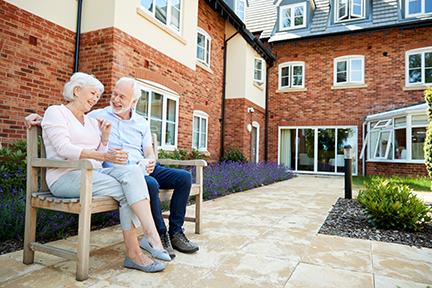
Selecting a senior living community is a significant decision that involves numerous factors to consider, ensuring that the chosen environment aligns with the needs, preferences, and lifestyle of an older adult.
As our population ages, the demand for quality senior living options continues to grow, emphasizing the importance of identifying non-negotiable features that guarantee the safety, comfort, and overall well-being of residents.
These communities, whether they are for independent living, assisted living, or more specialized nursing care, must adhere to certain standards and offer a range of services and amenities.
From ensuring easy accessibility and top-notch security to providing comprehensive healthcare services and engaging social activities, each aspect plays a pivotal role in crafting an environment that not only meets the day-to-day needs of its residents but also enriches their lives.
In this context, we delve into the essential features every senior living community should possess, serving as a guide for those navigating this crucial choice.
Accessibility and Mobility-Friendly Design: Wide doorways, ramps instead of stairs, elevators, and handrails are crucial for residents with mobility issues.
Safety and Security: Emergency call systems in each residence, secure entrances, and 24-hour security personnel. Fire safety measures, including smoke detectors and sprinklers, are also essential. Also, having proper storage for flammable materials, such as these flammable cabinets here, is important for maintaining a safe environment.
Healthcare Services: On-site or easily accessible healthcare services, including regular health screenings and access to nurses or other medical professionals.
Nutritious Meals and Dietary Accommodations: Provision of healthy meals that cater to various dietary needs and preferences, including special diets for medical reasons.
Physical and Social Activities: A range of activities and programs that promote physical health and social interaction, such as exercise classes, clubs, and social events.
Housekeeping and Maintenance Services: Regular housekeeping, laundry, and maintenance services to ensure a clean and well-maintained living environment.
Transportation Services: Transportation for shopping, appointments, and social outings, especially important for residents who no longer drive.
Personal Care and Assistance: Assistance with daily living activities such as bathing, dressing, and medication management for those who need it.
Respectful and Trained Staff: Staff who are trained in elder care and are respectful and sensitive to the needs of older adults.
Comfortable and Homelike Atmosphere: A setting that feels homey and welcoming, with common areas for socializing and private spaces for solitude.
Emergency Preparedness: Well-developed plans for emergencies, including natural disasters and medical emergencies.
Internet and Technology Access: Wi-Fi access and technology support to keep residents connected with their families and the world.
Feedback and Resident Involvement: Mechanisms for residents to provide feedback and have a say in the running of the community.
Clear Communication and Transparency: Transparent policies and clear communication about costs, services, and any changes in the community.
Remember, the specifics can vary based on the type of senior living community (independent living, assisted living, nursing homes, etc.), and individual preferences and needs should always be considered.
